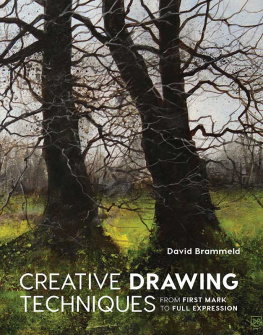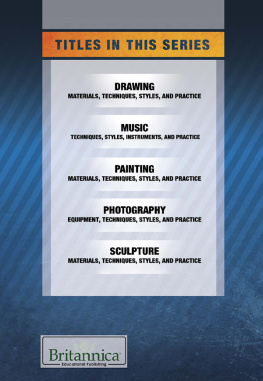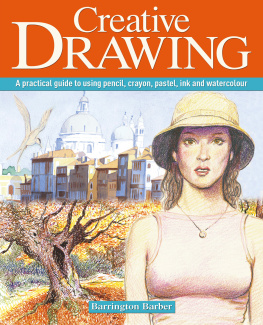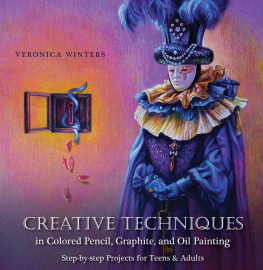Page List

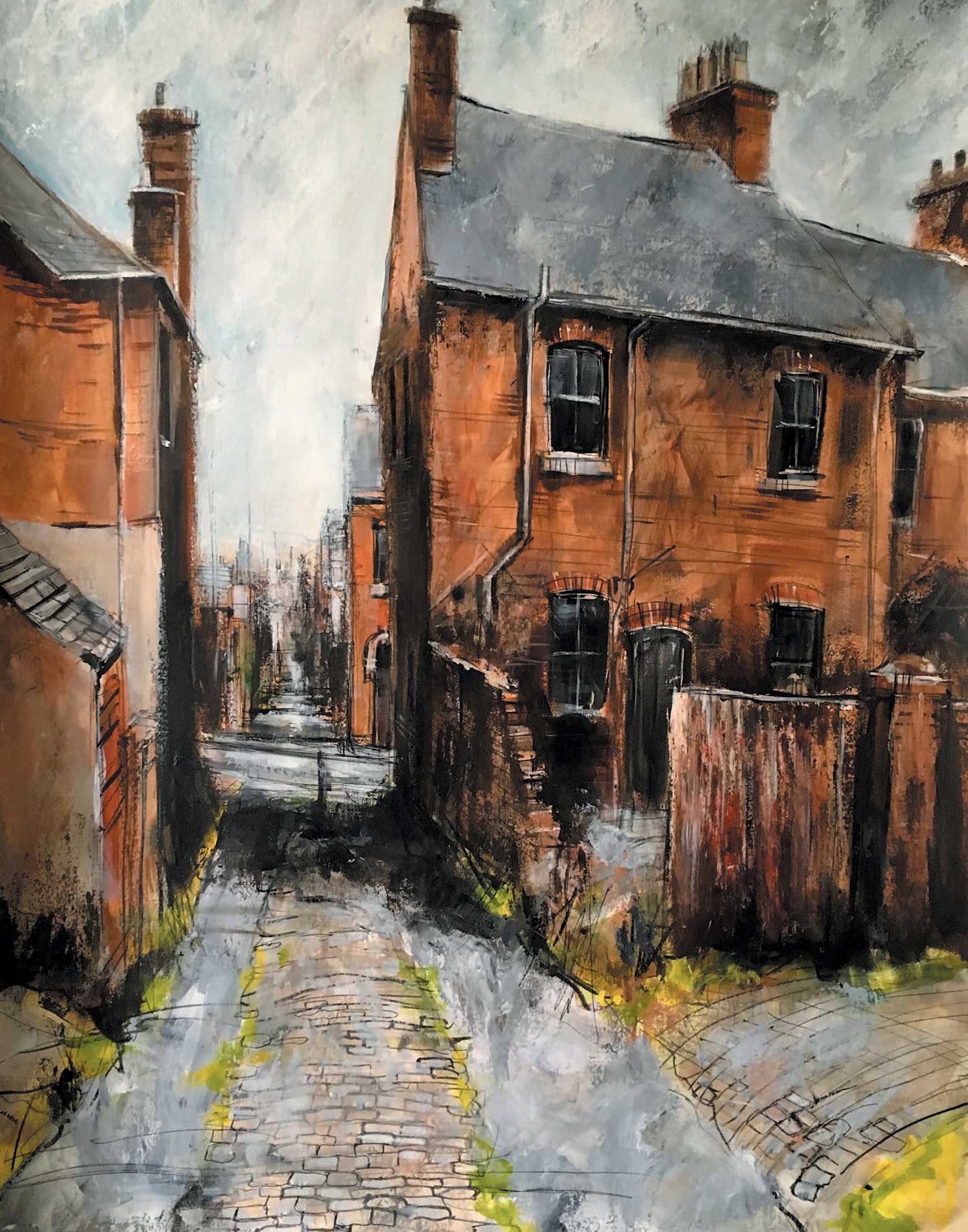
Potteries Memory: Alleyway, acrylic on A1 paper.

First published in 2021 by
The Crowood Press Ltd
Ramsbury, Marlborough
Wiltshire SN8 2HR
www.crowood.com
This e-book first published in 2021
David Brammeld 2021
All rights reserved. This e-book is copyright material and must not be copied, reproduced, transferred, distributed, leased, licensed or publicly performed or used in any way except as specifically permitted in writing by the publishers, as allowed under the terms and conditions under which it was purchased or as strictly permitted by applicable copyright law. Any unauthorised distribution or use of this text may be a direct infringement of the authors and publishers rights, and those responsible may be liable in law accordingly.
British Library Cataloguing-in-Publication Data
A catalogue record for this book is available from the British Library.
ISBN 978 1 78500 913 6
Cover design: Peggy & Co. Design
Front and back cover wraparound image:Spring Green (Delamere Forest), acrylic on board, 28 39cm
Image credits:All photographs and illustrations by the artist except the two top photographs on , showing the artist painting in Trentham Gardens, by kind permission of Annette Hewetson.
Disclaimer: The views and techniques expressed in this book are the artists own, and have been formed by many years of experience and experimentation, and are entirely subjective. There are many alternative ways and different media that can be used to achieve similar results. The intention is to encourage the reader to explore, experiment, enjoy and find their own personal artistic vision.
INTRODUCTION
D rawing is the most enjoyable thing. That is a bold opening statement, but the joy of being in front of a subject that you have chosen to draw and then of trying to figure out how to get it down on paper with a pen or pencil so that you capture something of its essence is simultaneously frustrating, challenging, but also immensely rewarding and worthwhile.
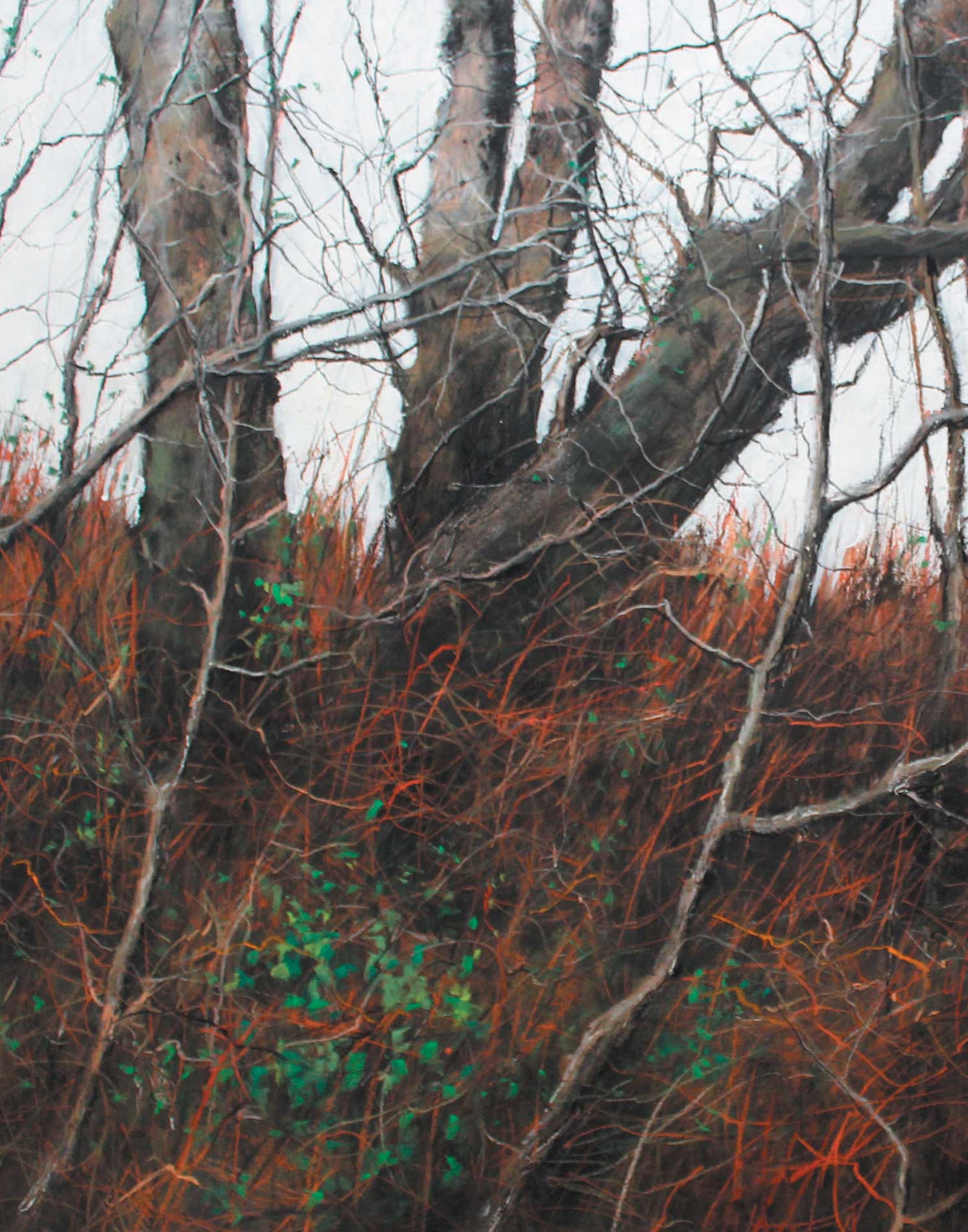
Autumn Wood (detail), pastel on A1 paper.
This books intention is to be a celebration of drawing in all its forms, and to challenge perceptions of what drawing is and what it can be. It will encourage you to experiment with new techniques to build on your existing skills, enabling you to follow a more creative path in your art. It will explain and explore creative ideas that will inspire you to try new things. Above all, it will help you find an expressive response to the chosen subject.
It is also the intention of this book to impart good practice and to give sound, practical advice informed by my many years of experimentation and development as a professional artist.
Good drawing will always be admired and revered because it is very difficult to do well. People gaze in wonder and admiration when an artist captures a likeness of a sitter with just a few well-chosen marks. Fellow artists admire different qualities of mark-making in the drawings of their peers; they acknowledge and respect good drawing. Drawings by the Old Masters will always be a source of reference, inspiration and wonder that have stood the test of time, proving that examples of good drawing have been around for a long time.
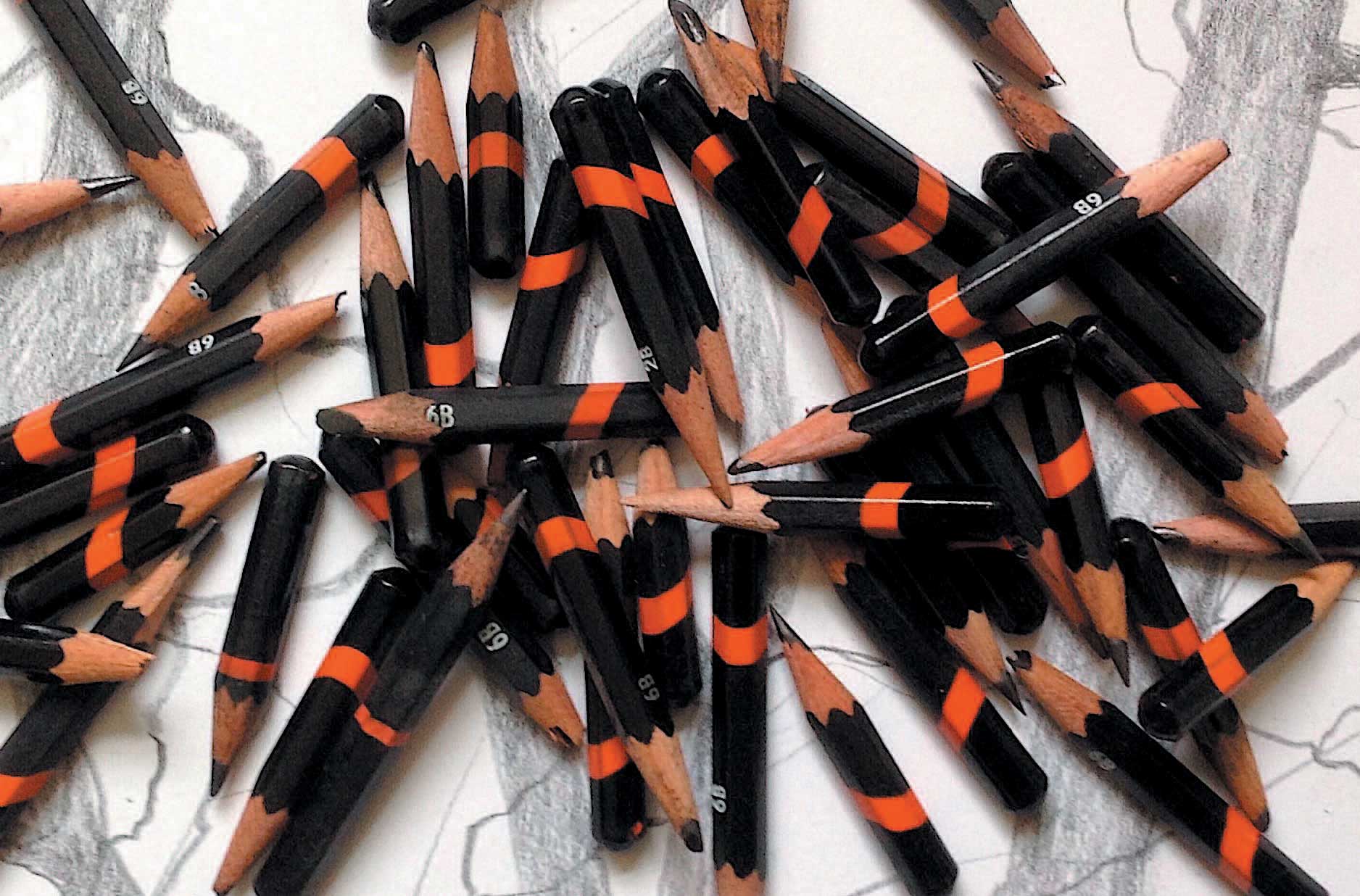
A great subject to draw in its own right: the physical evidence of many hours drawing. I have a jar that I keep these worn-out pencils in. There is still more mark-making to be had from these stubs they can be used with a pencil holder and sometimes they are easier to draw with in certain conditions than a new pencil.
As our own drawing progresses, we develop a personal, recognizable style of mark-making that is unique to ourselves. In the same way that we have an individual handwriting style, so do we have a recognizable drawing style: our individual way of making marks.
You will find within these pages guidance on sound drawing principles and advice on the choices of materials available, so you can make informed choices as your experience grows and you seek new challenges. You will find different approaches and styles, as well as encouragement to experiment wherever possible and be more creative. The idea is to help you develop your own style through practice and experimentation.
The book is meant to be a creative resource, something you can pick up again and again as your skills develop. It will challenge you to try new things. Indeed, you will discover that it is through exploration, making mistakes and learning how to rectify these mistakes that you can make progress. A good artist always pushes forward, seeking a new challenge, and is willing to take chances.
The importance of drawing
A few years ago many people were mourning that drawing was dead. As art schools removed traditional, mandatory activities like life drawing from the curriculum, a whole generation of art students began their careers without actually having been taught sound drawing skills. The focus at the time was on the concept rather than traditional drawing and painting. The idea was more important than practical skills. Drawing from the life model was traditionally considered to be one of the best activities to develop drawing skills: proportion, form, line and tone would all be tested during the sessions. The ability to accurately represent the human figure is one of the most challenging subjects for an artist.
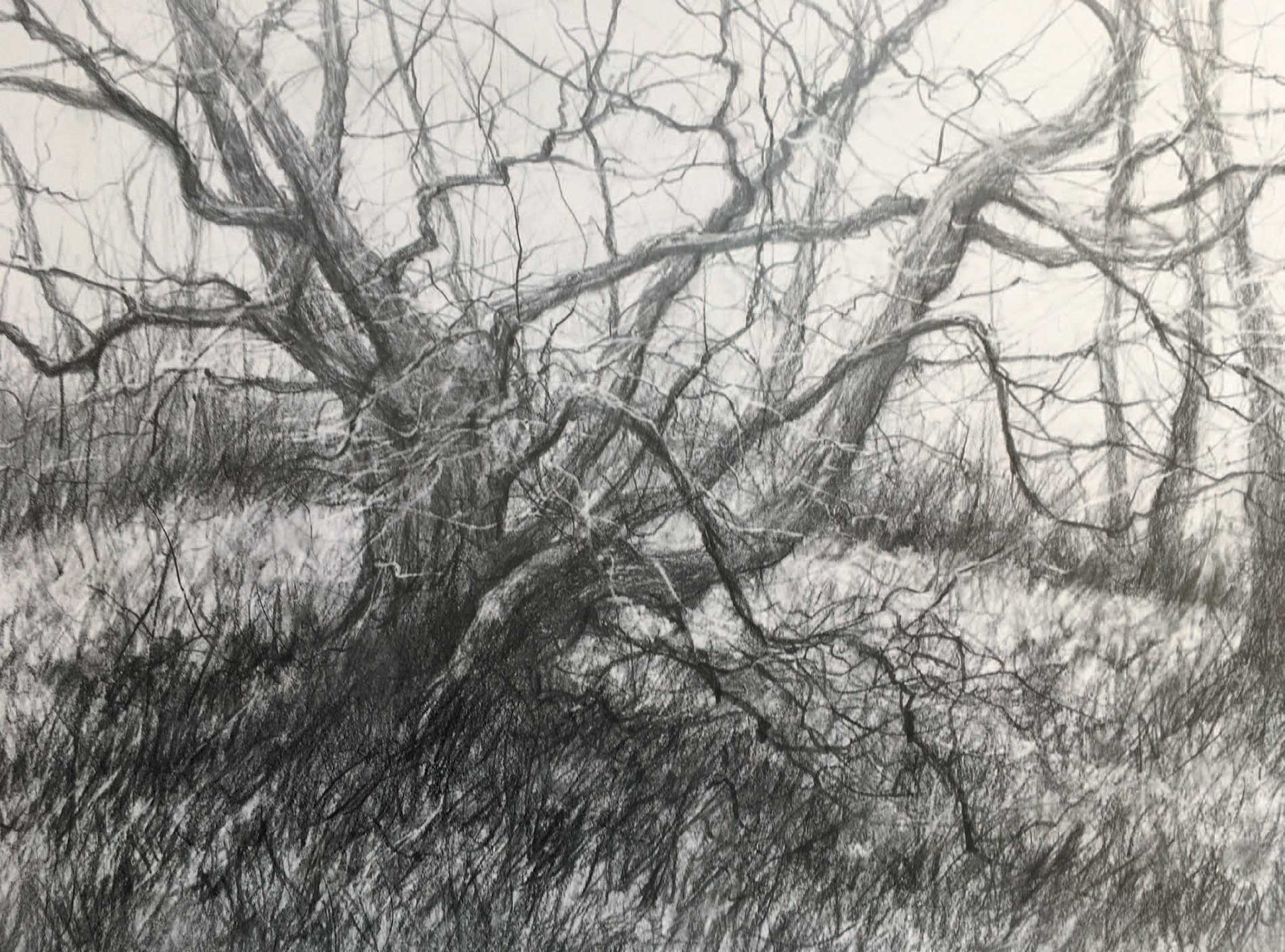
With this treescape I wanted to capture the busy energy of the tree. Absolute accuracy was not the objective. A picture can have many intentions: to convey emotion, movement, calmness and so on. Here I have used a selection of pencils and graphite sticks in a direct way to create texture and movement.
Thankfully that situation is no longer the case, with successful representational art societies leading the charge. The popularity of the Mall Galleries, which hosts nine top art societies, is considered the epicentre of figurative art, showcasing work by the best of this countrys practitioners of representational as well as abstract art in a variety of different media, from oils, acrylics, watercolours, pastels and printmaking to sculpture and so on. In fact all wet and dry media, and in every combination. There are abundant drawing groups and organizations like urban sketchers, which are continually expanding their memberships and activities. There are many life drawing groups for all abilities. These days, many people enjoy sketching, and the popularity of social media platforms means that results can be shared in an instant.

